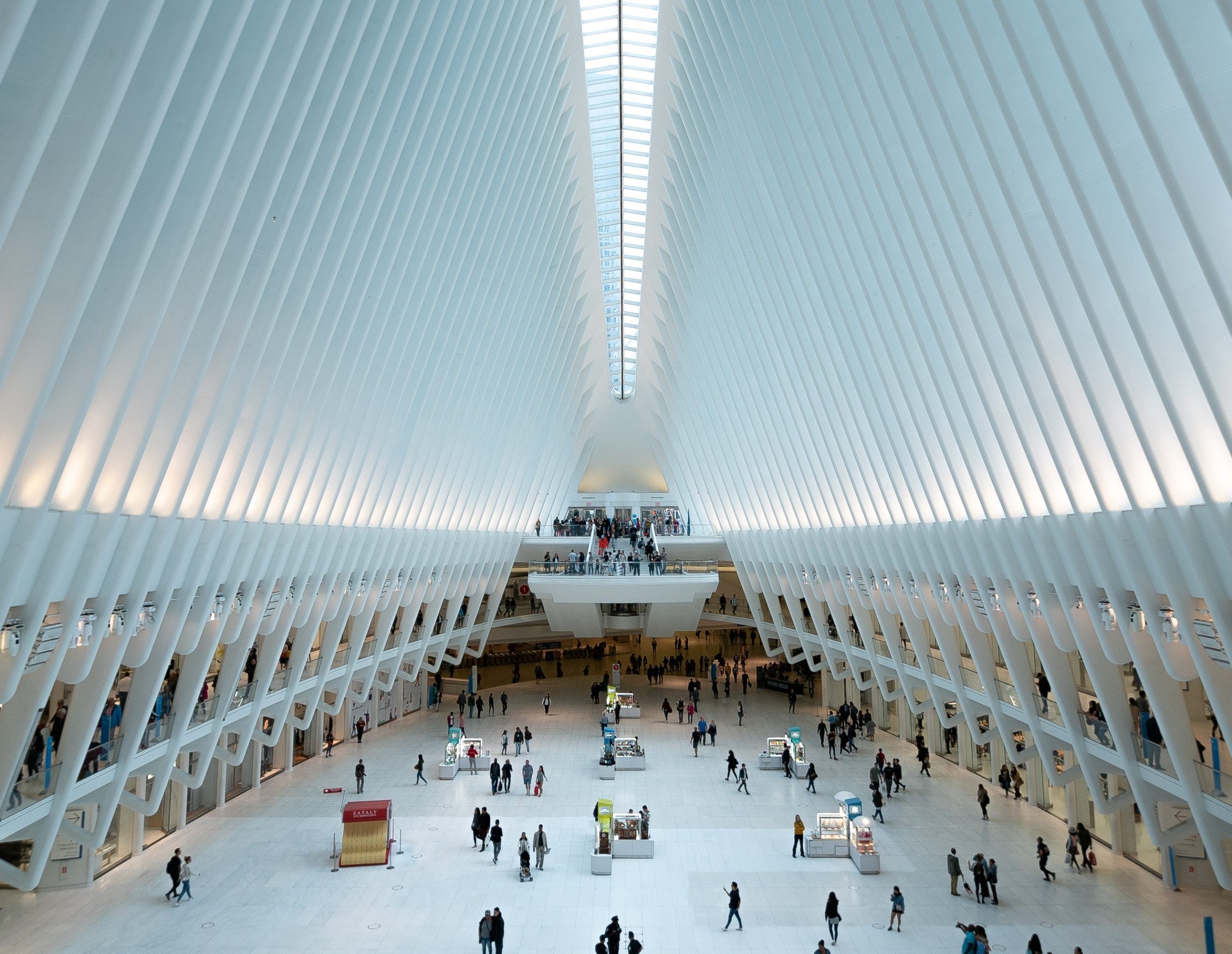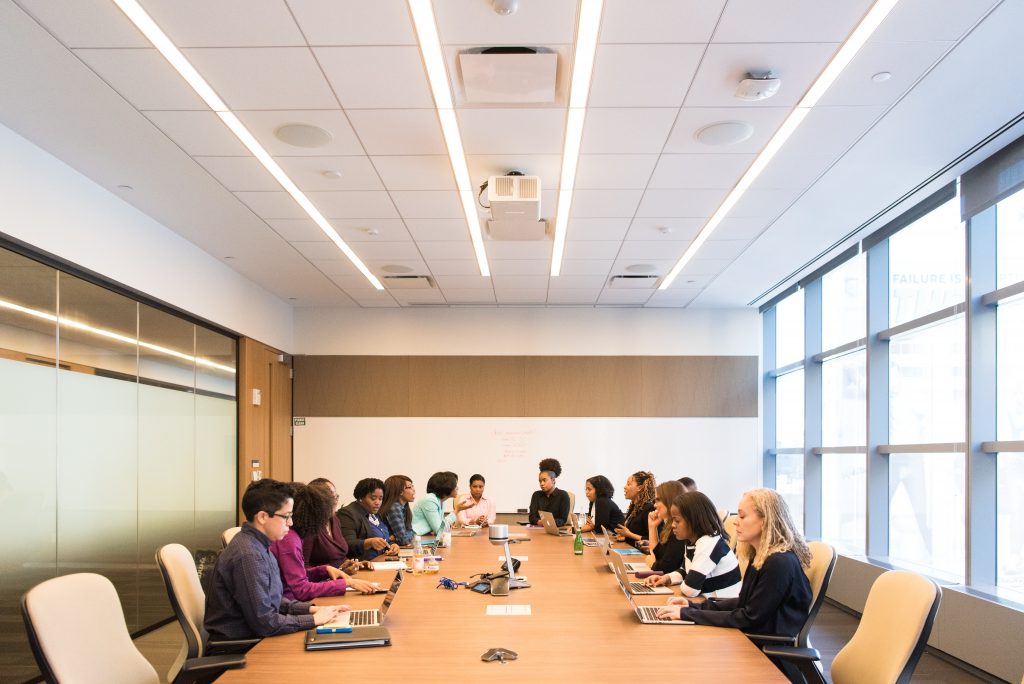With stronger evidence that Covid-19 can be transmitted by airborne particles, health authorities are focusing more to improve air quality in indoor environments.
The increasing number of diseases transmitted by indoor airborne particles, what helps to develop epidemics and pandemics, is affecting the world with extremely serious social impacts regarding health, productivity, and economy.
So much that, in December 2020, the American Center for Disease Control published its recommendations to use ventilation as a form of combat to Covid-19, based on ASHRAE standards (entity of engineers and specialists in heating, ventilation, air conditioning and refrigeration systems).
Covid-19 brought this discussion to the agenda. However, talk about indoor air quality should not be a new thing.
After all, the necessity to control and purify the air we breathe in closed environments is already largely defined in many national and international regulations.
A lot has been addressed about this issue in scientific research and studies, and there is a consensus among the authorities: the importance of admission of external air (or fresh air) to improve the indoor air quality.
The subject became so important that, between November 2020 and January 2021, two important international news agency published reports addressing it: the British BBC and North American Bloomberg.
If the air is stuffy, just leave
When you enter a space and the air feels stale, something is wrong with the ventilation system and the renovation with fresh air is not adequate, increasing the chance of contamination.
Even in air conditioned environments, especially the ones with Split machines, you can notice that quite often the air feels heavy.
According to safety regulation issued by the British government before the pandemic, it is required at least 10 liters of fresh air by second per occupant, and that is even more important today.
Therefore, if an environment seems stuffy, turn around and leave, says Dr. Hywel Davies, Technical Director of CIBSE, institution that regulates civil construction in the UK, in a report to BBC.
Dr. Davies says that fresh air is vital: “if you’ve got someone who’s infected in a building, and you’re bringing in plenty of outside air, you’re diluting whatever infectious material they’re giving off. You’re reducing the risk of other people becoming infected”.
In the same way, Cath Noakes, Professor of University of Lees, says to BBC: “having 100% outside air or close to 100% is a good thing. The fresher air, the less you’re running the risk of recirculating the virus through the building”.
The type of air condition is a concern
The most common types of air conditioners are the Splits, that capture the indoor air, cool it down, and send it back to the environment – they are simply recirculating the air.
It is not a problem for quick visits but can present a risk in case of longer periods.
In a recent study of a restaurant in China, it was concluded that this type of air conditioner was responsible for disseminating Covid-19 virus in that environment.
A pre-symptomatic customer, not aware of being infected, released the virus that was recirculated in the environment through the Splits air stream, contaminating nine other people.
Once again Dr. Davies points out the importance of fresh air: “if there had been a good supply of outside air, very likely fewer people would have become infected – if any.”

Investing in indoor air treatment systems is a good idea in many aspects
In an interview to Bloomberg, Ty Newell, Professor Emeritus of Illinois University (USA), tells the result of his study about the impact of ventilation and filtration to indoor air quality.
During a music concert, the students turned on and off the ventilation system, varying the air flow.
In parallel, they monitored the changes in the concentration of CO2 and fine particle matter, decisive to determine if the environment is being correctly ventilated.
Prof. Newell believes that “improved and adequate ventilation and filtration systems are key to a safe and healthy return to schools and offices, even with the Covid-19 vaccination rollout”.
Just like Prof. Newell, many specialists say that the investment is worth it.
After all, new diseases outbreaks will certainly happen in the future, and “apart from the pandemic, having an improved filter also gets other particulates out of the air that impact your health — these very fine particulates that easily go way down into your lung”, states Prof. Newell.
And, according to study by Harvard University, only good things happen when you bring fresh air to the environment, including increase of productivity and academic performance.
Solutions are already available
Brazilian market already offers solutions with advanced automation technology that effectively treat the indoor air quality.
Automation allows that the external air is captured in an intelligent way, in the quantity and in the moment when it is required and keeping temperature and humidity under controlled conditions. These solutions are related to air ventilation/renovation and filtration systems, provided and recommended in scientific studies of engineering and environmental control carried out by Brazilian and international entities.
Therefore, counting on companies specialized in treatment and purification of indoor air, offering solutions with high technology and technical conformity, is the best solution to validate, optimize and design effective systems.

There are still a lot to learn regarding Covid-19, but the quality of the air we breathe indoors will certainly be part of any efforts to turn the air in the environments safe and healthy.





